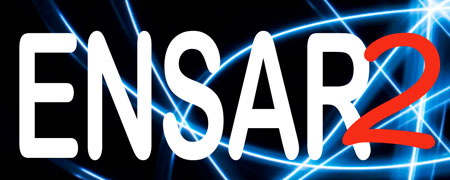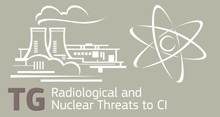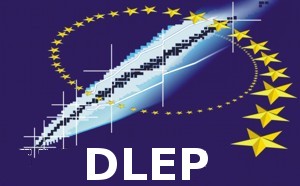
 home > experimental nuc.ph. > research
home > experimental nuc.ph. > research
FIELD OF RESEARCH - FPA2015-64969-P - 01.01.2016-31.12.2019
Experimental Studies of Exotic Nuclear Structure
The Experimental Nuclear Physics Group at IEM – CSIC is dedicated to the study of the structure and dynamics of exotic nuclei and resonant states beyond the drip-line. The nuclei of interest are populated either in nuclear reactions at low or high energies by Coulomb excitation or transfer reactions, as well as via beta decay. We carry out our experiments at international laboratories of high prestige as ISOLDE/HIE-ISOLDE -CERN (Switzerland), R3B@GSI (Germany), and we complement with studies carried out here in Madrid at the tandem accelerator of the UAM. As main tools we use particle spectroscopy with Si detectors and gamma ray spectrometry with scintillators. We are mainly interested in light exotic nuclei as they allow for the study of the full isobaric chain from drip-line to drip-lien and give access to different aspects of the nuclear structure.
Characterization of nuclear states for their relevance in stellar nucleosynthesis
We research on the decay modes of exotic nuclei, in particular the breakup of unbound states, as well as the determination of cross-sections of astrophysical interest. In this context we carry out experiments, mainly at the ISOLDE-CERN facility, but also in the Nuclear Physics line at the Tandetron installed at Centro de Micro Análisis de Materiales (UAM). For instance, we study the 19F(p,ag)16O and 12C(a,g)16O reactions to populate the states of interest in 16O. These reactions play a fundamental role in the nuclear astrophysics since it determines the ratio of carbon to oxygen in the universe and thus an important influence in the Nucleosynthesis of the heavy elements.
R&D for the R3B experiment at GSI-FAIR
Our work, in the field of design and construction of new experimental instruments, focuses on the international project R3B. The R3B setup is designed for the detection, in complete kinematics, of the emitted products in reactions at relativistic energies. The calorimeter for high energy protons and gamma rays emitted in-flight (CALIFA) will be placed around the reaction target, and should be able to achieve the angular and energy resolution to detect gamma ray cascades of 1 to 10 MeV with a large Doppler shift (up to 30 MeV) due to the high speed of the emitting fragment, as well as protons up to 700 MeV. Our participation in the R&D is focused on the construction of the calorimeter. Regarding the design of the Endcap we have reached an innovative solution with two scintillator crystals optically coupled in a phoswich configuration, with a common readout. The CALIFA-Endcap, TDR (Technical Design Report) for the forward angles, was aproved by the FAIR consortium in August 2015.
Applications: dosimetry & homeland security
R&D on radiation detectors: The CEPA4 prototype, developed for the R3B CALIFA detector, performs well for the detection of medium to high-energy protons. The range 150-250 MeV is interesting for its applications in medicine: proton tomography and dosimetry in hadron-therapy. At the same time, a compact array of high-resolution scintillators coupled to other portable devices is an attractive option in the field of homeland security.














